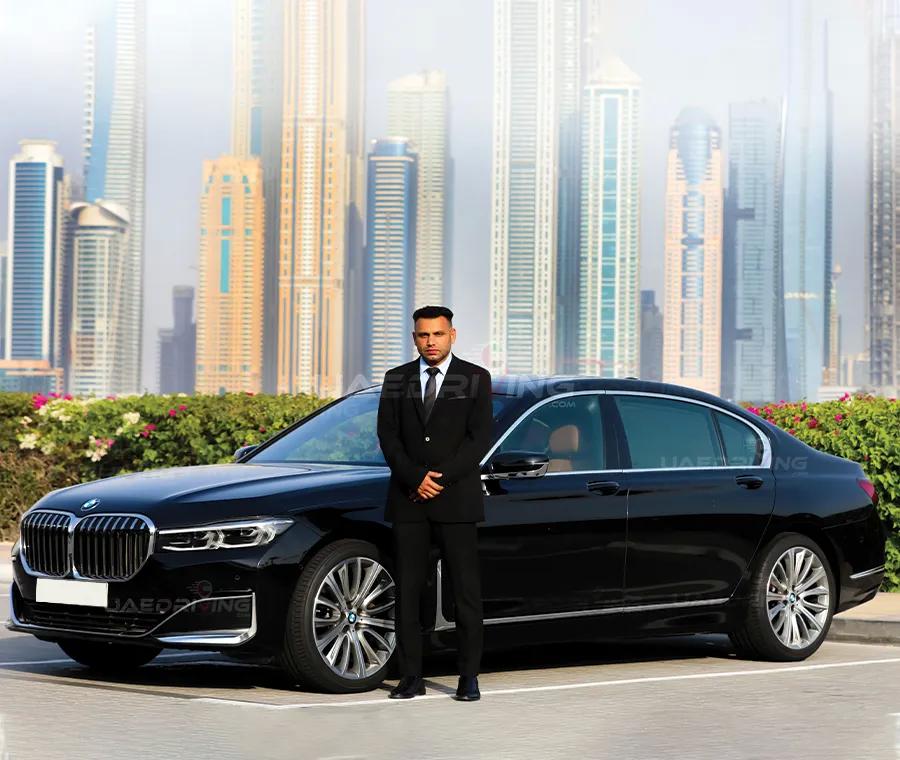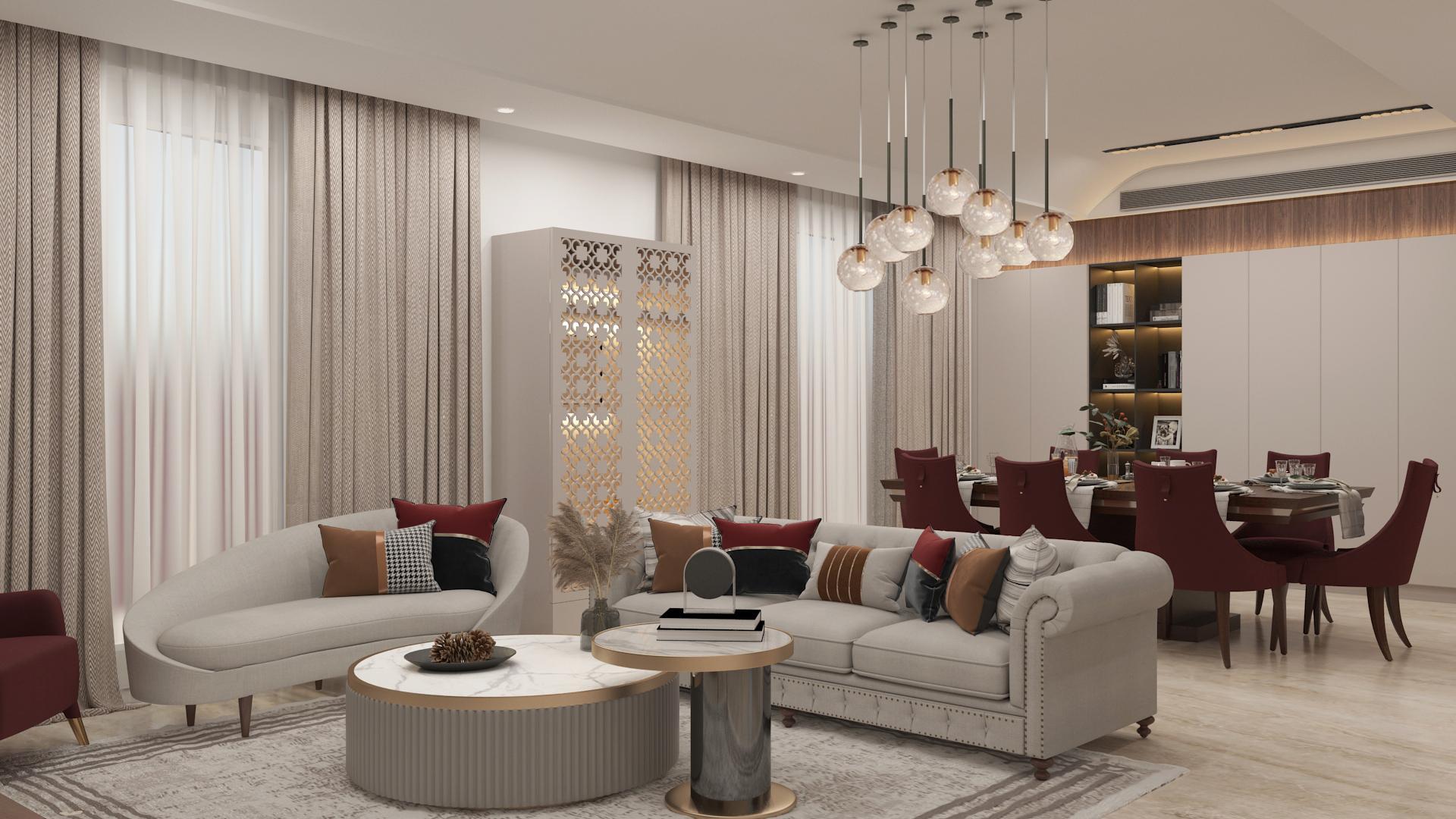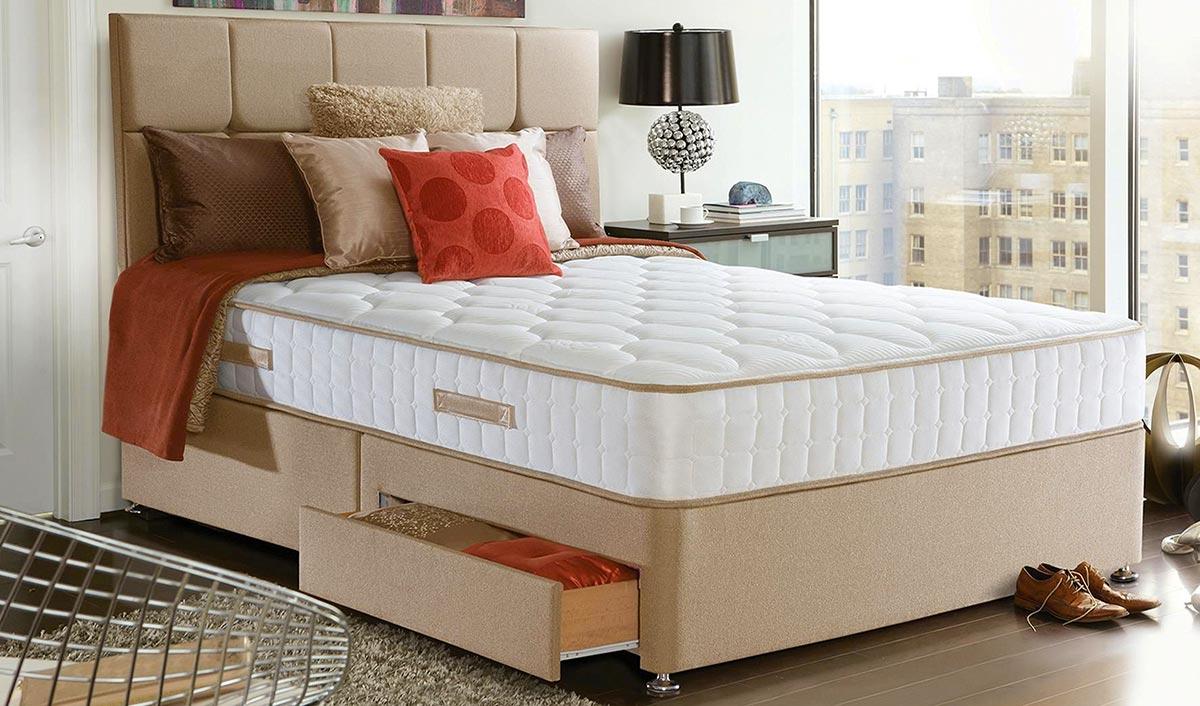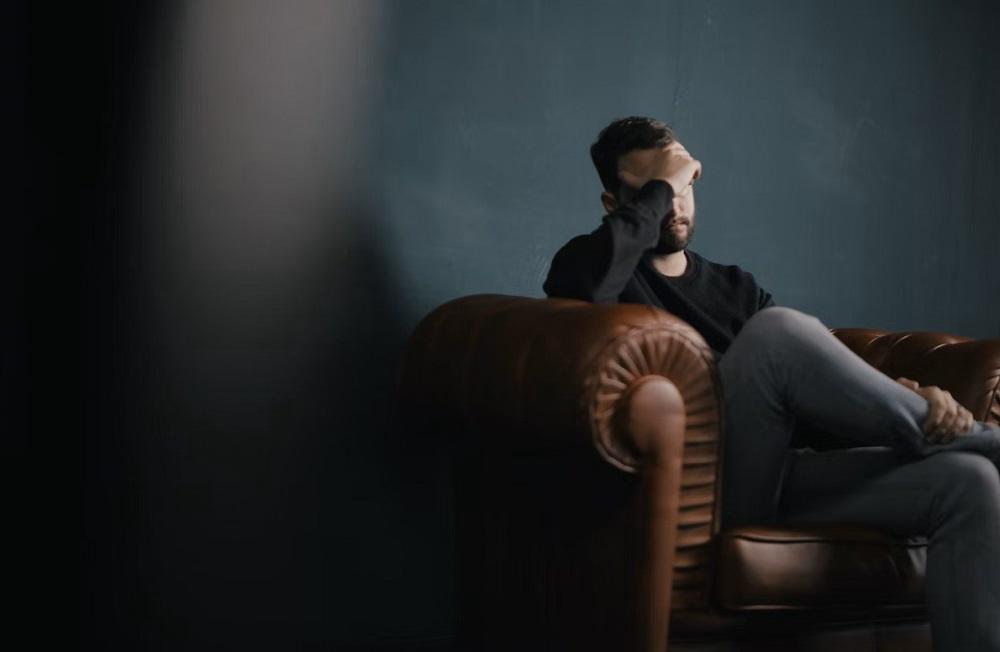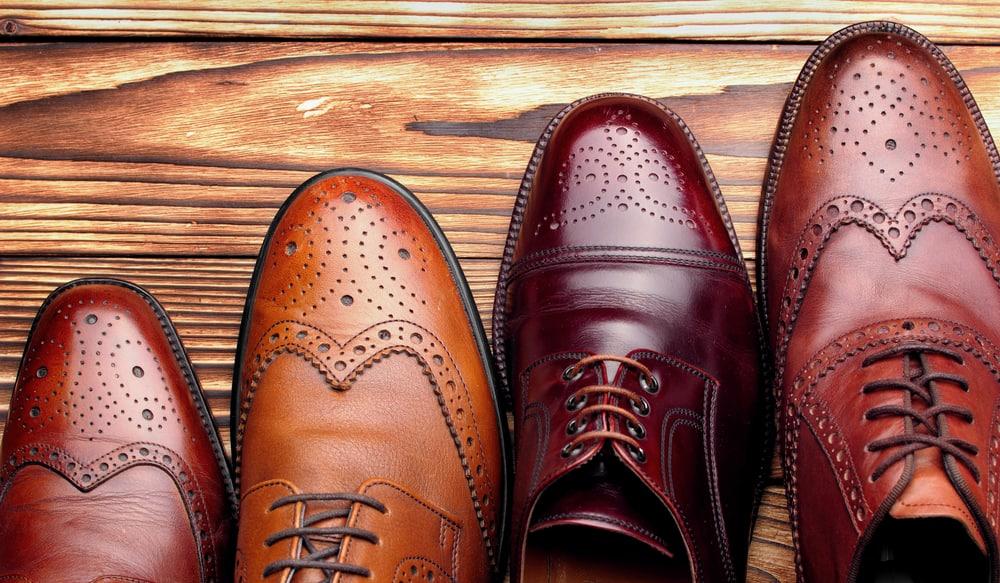
I recollect my first pair of formal shoes which I got with my first suit in evaluation twelve. I'll always remember the whole outfit – dark coat, beige pants, and dark shoes. I thought it was cool. A couple of years after the fact, after school and once I found my first official work, it had returned to the suit and shoe store for a full closet of formal workwear. Yet, my untouched most loved pair of formal shoes were skilled to me by my dad. Nike romaleos UK They were dark oxford wingtips. They have probably been 25 years of age when he offered them to me, still fit as a fiddle. Indeed, I actually have them and still wear them gladly. Regardless of whether you've found your first work or are essentially searching for an incredible pair of men's conventional shoes, improve comprehension of your choices with our epic article and arrangement of shoe graphs that set your men's proper shoe choices. While dress shoes are better than expected in cost, you don't need to spend a fortune – except if you need to coordinate the most costly men's shoes cost for traction in that restrictive club.
1.Oxford and Derby Shoes
The men's footwear style ordinarily alluded to as the Oxford got its name since it was well known at Oxford University during the 1800s. At that point, men's obeyed boots were famous and worn by pretty much everybody. The plain Oxford shoe was a welcome other option. Another story is that the shoe was created in Scotland around a similar time, which is the reason you may hear this style alluded to a Balmoral, after the Scottish Balmoral Castle. Despite where the shoe began, what makes an Oxford an Oxford is the strategy used to build it. Oxfords are made utilizing shut binding, which implies that the eyelets are sewed under the vamp, not on top of it. The vamp is the focal piece of the shoe that goes over the highest point of the foot. It's very recognizable on an Oxford and, when you inspect one intently, you notice this differentiation immediately. When the shoe is tied, the boards look strong, similar to a solitary bit of cowhide, which gives the Oxford its smooth, formal appearance.
Oxford versus Derby Shoes: What's the contrast between Oxford and Derby Shoes?
While oxfords and derby shoes may appear to be comparative, there are unpretentious contrasts.
They are Binding: The Oxford has shut binding circles while the derby stays open when bound. You can see the distinction in the representation beneath.
Structure: With Oxfords, the vamp is sewn onto the quarters.
Heel: Oxfords have a shut heel while Derby shoes have an all-encompassing heel.
Easygoing versus Formal: Oxford's shut binding is viewed as more formal than the more easygoing open-binding of the derby shoe (and blucher shoe so far as that is concerned).
4 Types
Cap-Toe
Cap-toe Oxfords get their name from the additional bit of calfskin over the toe. These are quite possibly the most well-known kinds of Oxfords and the lone most normally found in the work environment. The enlivening toe gives them an entirely different look than a plain-toe Oxford while keeping a more expert, cleaned look than a wingtip. Cap-toe Oxfords are for the most part for work, yet this pair from Mexlan look so great, you may have the option to pull off wearing them to a dark tie occasion. They're handmade in Spain from calfskin cowhide that is agreeable, solid, and endures quite a while.
Plain Toe
A plain toe is an ordinary adjusted shoe toe with no cowhide cap nor broguing. It's plain as the name recommends.
Entire Cut
Entire cut shoes will be shoes produced using a solitary bit of cowhide. It isn't collected from bits of cowhide. It's framed with one piece (pretty cool). These can be plain or incorporate little holes. Entire cut Oxfords are likely the most adaptable sort of Oxford. They're produced using a solitary bit of calfskin that by and large just has a solitary crease at the heel. These shoes look smooth and don't have a ton of detail, so they're appropriate for formal events. All things considered, on the off chance that they're not made of patent calfskin, they're sufficiently common to be worn for semi-formal events. What we love about these entire cut Oxfords from Paul Parkman is that, while they look totally smooth and exquisite, they have the ideal measure of broguing along with the eyelets and around the mouth of the shoe. This adds an ideal minimal concealed detail that not every person will think about. The
Wingtip (otherwise known as Brogue Shoes)
Wingtips are shoes produced using different bits of cowhide. The celebrated enriching holes run along the obvious edges of the different cowhide pieces (for example at the creases). It has an enriching M-formed toe cap that reaches out at the edges of the shoe. These normally have broad broguing and are viewed as a less proper choice, however, they do add a great deal of visual interest to an outfit.
There are different sorts of wingtips, as well. Full wingtips ordinarily have a great deal of broguing, and observer wingtips have a ton of broguing with a two-tone shading mix. American wingtips have wings that reach out to the rear of the shoe and meet at the heel, and a quarter brogue has holes just along the edge of the toe cap and is viewed as a conventional brogue shoe since they are somewhat more downplayed.
Shortwing Brogue
The shortwing is the point at which the holes bend descending not traversing the length of the shoe (not at all like longwing brogues).
Also read about:
Latest Nokia PureBook X14 Laptops Pros and Cons and Everything that You Need To Know
Relationship Building The Key to a Successful Digital Marketing Agency
New Year Demand New Customized Cosmetic Boxes for You Luxury Items






